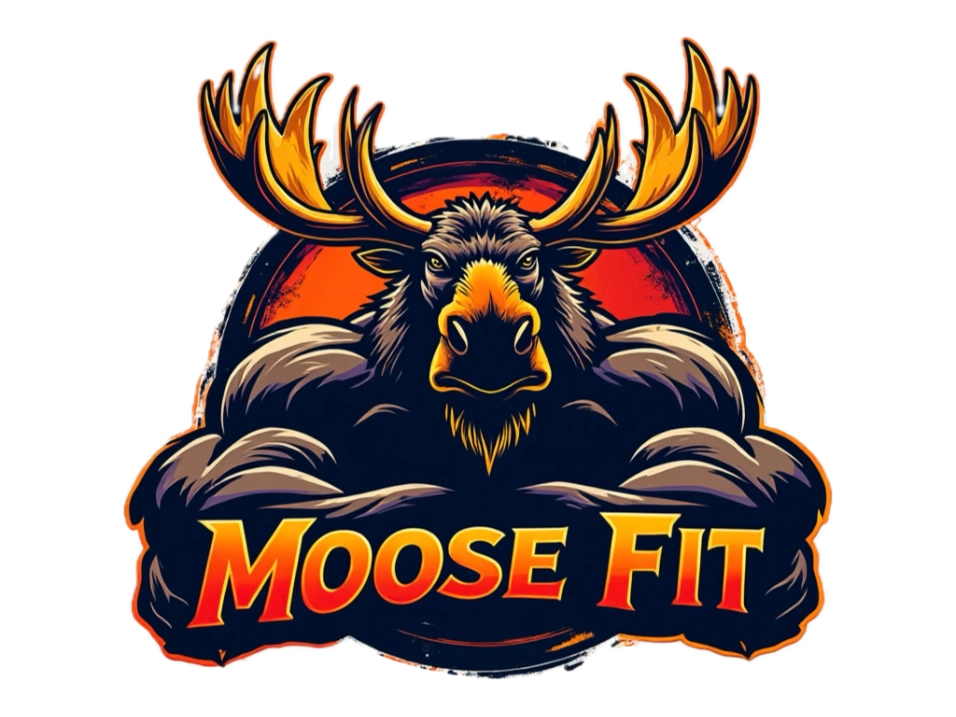If you’ve ever pushed through a challenging workout only to wake up the next day feeling like you got hit by a truck, you’re not alone. Post-workout soreness — also known as Delayed Onset Muscle Soreness (DOMS) — is a normal part of the fitness journey. But when you’re sore, tired, and struggling to move, it’s easy to question whether it’s all worth it.
Here’s the truth: soreness isn’t the enemy. It’s a sign that your body is adapting, repairing, and getting stronger. The key is learning how to work with it, not against it.
Why We Get Sore After Working Out
When you exercise — especially if you’re doing something new or increasing intensity — you cause small tears in your muscle fibers. Your body then repairs these tears, making your muscles stronger in the process. That’s the burn you feel later. It’s a natural, necessary step in building strength and endurance.

How to Push Through Without Pushing Too Hard
Soreness can be discouraging, but it doesn’t have to be. Here’s how to stay motivated and keep moving forward:
1. Shift Your Mindset
Instead of dreading the soreness, take it as a badge of honor. It means you showed up and put in the work. Remind yourself that this discomfort is temporary, but the results are long-lasting.
2. Plan for Active Recovery
3. Stay Hydrated and Eat Well
Sore doesn’t mean stop — it means shift. Swap a heavy lifting session for a light walk, yoga, stretching, or mobility work. Moving your body gently helps increase blood flow, which speeds up recovery.
Muscles need fuel to recover. Prioritize hydration, eat protein-rich meals, and include anti-inflammatory foods like leafy greens, berries, and healthy fats.
4. Sleep Is Your Secret Weapon
Sleep is when your body does most of its repair work. Aim for at least 7-8 hours of quality sleep to support muscle recovery and keep energy levels up.

5. Celebrate Small Wins
The first time you feel sore after a workout can feel defeating, but it’s actually a sign of progress. Celebrate showing up, even on tough days. Progress is built on consistency, not perfection.
6. Track Your Progress
Logging your workouts and how your body feels afterward can help you spot patterns, prevent overtraining, and notice improvements over time. When you see how far you’ve come, the soreness feels more like a step forward than a setback.
Final Thoughts
Post-workout soreness can be uncomfortable, but it’s not a reason to quit. It’s part of the process of becoming stronger, more resilient, and healthier. Use it as a reminder that you’re doing something right. Keep going, keep growing, and don’t let a little discomfort rob you of the goals you’re chasing.
Your future self — stronger, healthier, and more confident — will thank you.


Leave a Reply